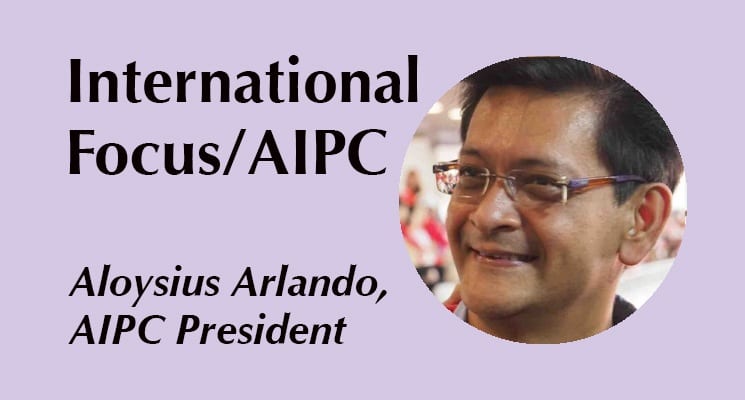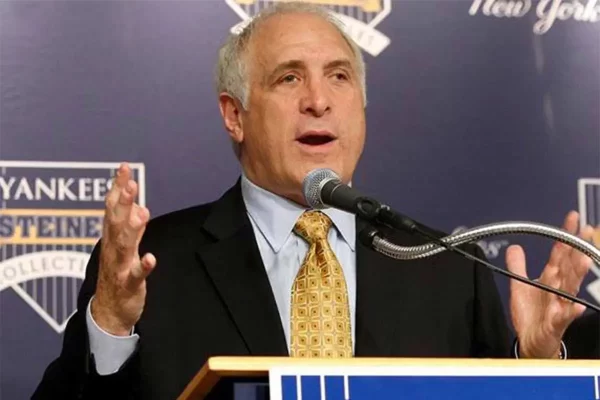by AIPC President Aloysius Arlando
Disruption is taking place in many industries. Whether it’s the consolidation and merger of hotel groups in the hospitality industry; the economic uncertainty of Brexit; the impact of the Industry 4.0 revolution in the manufacturing industry; or regulatory changes in the pharmaceutical industry; disruptors are throwing spanners into the works.
These disruptors can be regulatory or technological in nature. Regardless of either, organizations will have to embrace this change, whether it’s in the context of risk and compliance practices, business models or operational processes. The digital invasion in the travel industry is one example; the way consumers buy travel products and services has radically changed the way traditional agencies sell travel. Manufacturers also have to adapt to Industry 4.0 or be left behind in the innovation curve.
How then should associations in the various industries react to these changes? Whether it’s a trade or professional association, a philanthropic organization or an NGO, members want to learn, acquire knowledge and benefit from their community interactions. The responsibility of providing direction and clarity then falls upon the associations to ensure their members’ needs are met. Accordingly, their roles in this new climate of change must adapt as well if they are to answer the clarion call of their respective industries and members.
Amidst this landscape of disruptive shifts, it would be apt to look at the topic of advocacy and to understand how it can drive collaboration to influence the outcomes desired by associations.
Action through advocacy
Is it a mindset shift that you want your members to adopt in order to meet the challenges of the future? Through advocacy efforts, we can cultivate and germinate an idea or ideal that we want to perpetuate and the support we want to garner from it. The success of this effort depends on the method of outreach and how the message is amplified for effective engagement.
Audiences now do not want to be talked at or to be subjected to obvious persuasion. They want to be enlightened and to be spoken to in a way that naturally resonates with their ideals and belief systems. The message must be aligned in a way that it bonds them to their societies and communities meaningfully. Does the FOMO (fear of missing out) approach work? And does it also work with the skeptics and traditionalists who think that the new era of disruptive change is an unnecessary disruption?
Re-engage, excite and incite
Keeping members engaged can be a tall order considering the diversity in demographic profiles, especially with the younger members, and this requires a different engagement strategy. There is a need to leverage technology platforms to ensure that members interact via these online tools and social media channels. Thereafter, the messaging approach must be considered.
Is there good storytelling involved? The element of authenticity is generated with good storytelling, which makes it more believable and easier to relate to on a personal level. This desired effect is necessary in engaging the new generations of young professionals who have different ways of thinking. The common mistake of just highlighting product or service benefits serve no lasting value and does not bring the intention of the messaging to the intrinsic level that is needed for meaningful engagement.
It is also crucial that members themselves generate content; nothing works better than to have them as the ambassadors to your cause by spinning the wheels of agenda. Encouraging online shareability requires associations to have engaging content on hand such as video clips, photos, blog posts and other snippets that make it easy for members to share and perpetuate important information.
By giving some thought into the intricacies of member advocacy efforts allows associations such as AIPC to establish a closer connection that is more relatable and makes it easier to address industry best practices and trends that navigate the sea of change.
In addition to his role as AIPC president, Aloysius Arlando is the CEO of SingEx Holdings, which comprises several entities focusing on the MICE business; including the management of the Singapore EXPO Convention and Exhibition Centre. He is also the president of the Singapore Association for Convention and Exhibition Organizers and Suppliers (SACEOS), organizer of Singapore MICE Forum.
AIPC represents a global network of more than 190 leading centers in 64 countries with the active involvement of more than 1,000 management-level professionals worldwide. It is committed to encouraging and recognizing excellence in convention center management, based on the diverse experience and expertise of its international representation, and maintains a variety of educational, research, networking and standards programs to achieve this. AIPC also celebrates and promotes the essential role of the international meetings industry in supporting economic, academic and professional development and enhancing global relations amongst highly diverse business and cultural interests. For more info, contact secretariat@aipc.org or visit www.aipc.org.
This story originally appeared in the September/October issue of Exhibit City News, p. 52. For original layout, visit https://issuu.com/exhibitcitynews/docs/ecnflipbook_septoct_2019_web






























